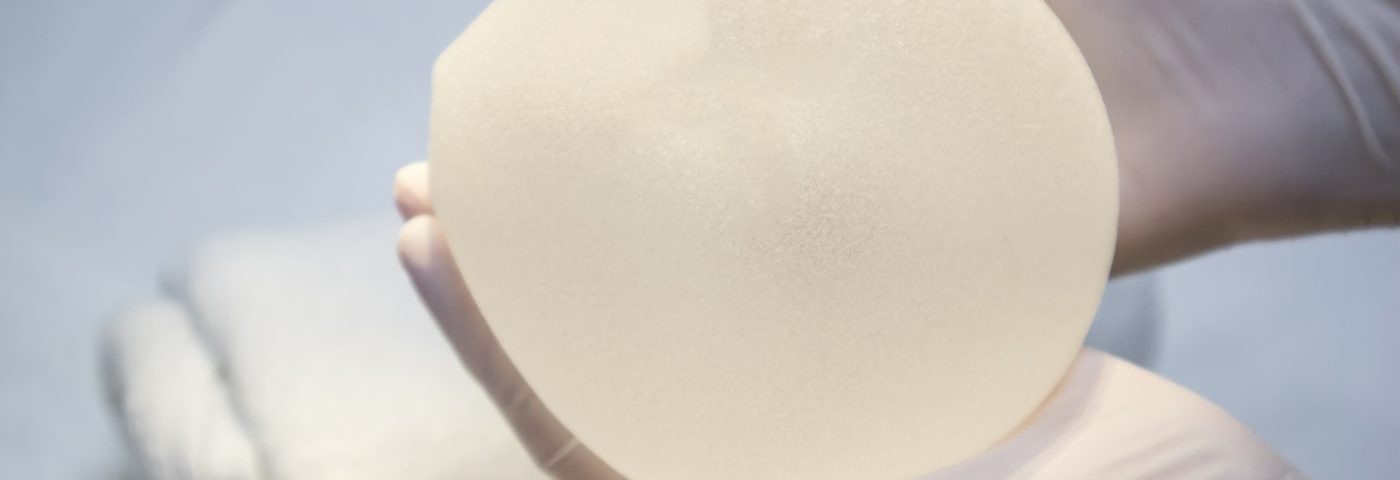The number of reported cases of breast-implant-associated anaplastic large-cell lymphoma (BIA-ALCL) has risen, according to the U.S. Food and Drug Administration (FDA).
The increase in known cases may be due to an increase in awareness and diagnosis following the FDA calling attention to the disease in 2011.
At that time, the FDA announced a possible link between breast implants and ALCL. But the very few cases reported prevented researchers from determining which factors increased a patient’s risk for this cancer.
The findings were summarized in a FDA report, which highlighted the need to collect more cases to better understand why ALCL develops in certain breast implant recipients.
Now, an update on the FDA website states that the number of reported cases in the U.S. and other countries in 2017 has increased to 414 – 55 more than in 2016 – according to FDA Medical Device Reports. The total number of deaths reported by the FDA is nine, which is unchanged since 2016.
But according to another registry, PROFILE, which is compiled by professional in plastic surgery, cases of BIA-ALCL worldwide amount to around 500, including 16 verified deaths.
BIA-ALCL is not breast cancer, but a rare type of non-Hodgkin lymphoma, a cancer of the immune system. This type of cancer is characterized by abnormal growth of T-cells and strong expression of a protein, the cytokine receptor CD30.
In most cases, cancer cells are found in the scar tissue and fluid near the implant, but in some cases, they can spread throughout the body.
BIA-ALCL usually develops as a delayed swelling of the breast, which may display fluid collecting around the implant or marked breast asymmetry. It also can be seen as a lump in the breast or armpit, according to the American Society for Aesthetic Plastic Surgery.
Diagnosis usually happens after a median of eight years following implantation, but there have been reports as early as two years or as late as 28 years after implantation.
“Because BIA-ALCL has generally only been identified in patients with late onset of symptoms such as pain, lumps, swelling, or breast asymmetry, prophylactic breast implant removal in patients without signs or symptoms is not recommended,” the FDA states.
When detected early, BIA-ALCL usually can be cured by surgery to remove the implant and the scar tissue around it. But some women need more extensive treatment, including chemotherapy and radiation.
Lymphoma seems to develop more often in women with textured, rather than smooth, breast implants, the FDA says. Indeed, most of the cases reported in the literature describe individuals who have had textured implants. Several recent publications estimated the risk of developing BIA-ALCL in individuals with textured breast implants may be one in 3,817 to 30,000.
Textured implants have roughened surfaces that can be directly irritant or trap bacteria, provoking inflammation that can lead to lymphoma, researchers say.
But the FDA cannot ascertain that textured implants are the sole cause of the disease, as there is incomplete information in current reports.
No link has been found between the disease and what is inside the implants, though, which can be made of saline (saltwater) or silicone.
It doesn’t seem to be associated with breast cancer either, occurring as frequently in women who have had reconstructive surgery after breast cancer as in those who chose implants for aesthetic reasons.
Allergan, a major manufacturer of breast implants, is paying for research into causes of the disease, working with plastic surgery societies on improved surgical techniques, adding information about the disease to its labeling and website, and giving surgeons educational materials for patients, according to Mark Marmur, Allergan spokesman, in a press release.
He also said that Allergan changed the warranty on its textured implant to cover treatment for Allergan patients who were diagnosed with BIA-ALCL since the beginning of 2018, regardless of the implantation date.
“If you have breast implants, there is no need to change your routine medical care and follow-up,” the FDA emphasizes in its recommendations for patients. “If you notice changes in the way your breast looks or feels after you recover from surgery—including swelling or pain around the implant—be sure to talk to your healthcare provider about the possibility of BIA-ALCL.”
Precise risks are difficult to determine due to lack of information about how many patients have received breast implants in the U.S. and worldwide, the FDA says. The Medical Device Reports registry is a valuable source of information, but according to FDA it may contain incomplete, inaccurate, untimely, unverified, or biased data.
Over time, the agency hopes to gather more information about BIA-ALCL, urging healthcare providers to submit confirmed cases to the FDA’s MedWatch and the PROFILE registry.


